 “Words can make you sick. And heavy. And dark.
“Words can make you sick. And heavy. And dark.
Words can make you light. And radiant. And energized.”
-Danielle LaPorte
Recently, I came across a blog post by author and inspirational speaker, Danielle LaPorte, about an experiment she conducted at home to teach her child the importance of self-talk. The experiment was simple; she cut an apple in half and for a period of time, her family talked positively to one half, and negatively to the other half. After roughly a month, she said, the apple that they had been talking negatively to was brown and rotting. The other half that they talked positively to was still relatively preserved.

The apple experiment has been conducted by many people with similar results. Inspired by the research of Dr. Masaru Emoto, where he froze different water samples that had been exposed to both positive and negative talk to examine the structural difference in the crystal formations.
Besides these experiments though, the only real proof in the power of positive and negative self-talk is the way you feel.
Negative self-talk can take many forms. For one, negative self-talk could be refusing to acknowledge the positive aspects of an experience you have had, or even viewing things in black and white, rather than the grey area.
Another form is catastrophizing, where a person imagines the worst possible outcome–a common habit for those prone to anxiety.
Negative self-talk is a habit that you can break. When you become aware of your own negative self-talk, start to challenge that behavior by saying the opposite. If you think: “I can’t do this!, challenge that statement by saying: I will find a way to make this happen.”
One easy indicator for how you should talk to yourself is to observe how you encourage, support, and show love to those closest to you.
It is perfectly acceptable to treat yourself in the same way as you do your loved ones.
What do you notice about your own self-talk? We’d love to hear from you in the comment section.
Lindsay
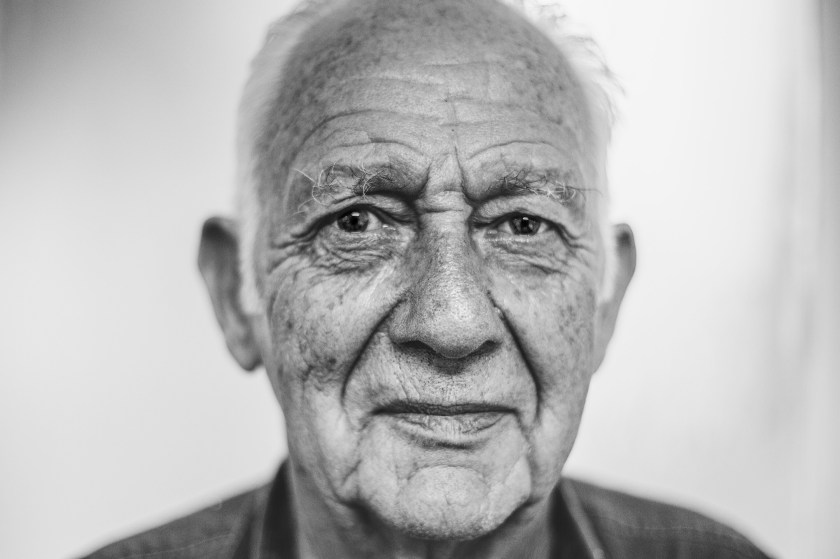 If your loved one is requiring a medical alert devices, this awesome article will be of use, particularly if they are resisting the process. Susie Slack of Today’s Caregiver provides some helpful advice on the topic of discussing medical alert devices with your parent, though the information can apply to anyone you are caring for. As Susie describes, “Falls are the leading cause of injuries, including fatal ones, for people in the 65-and-above age group.”
If your loved one is requiring a medical alert devices, this awesome article will be of use, particularly if they are resisting the process. Susie Slack of Today’s Caregiver provides some helpful advice on the topic of discussing medical alert devices with your parent, though the information can apply to anyone you are caring for. As Susie describes, “Falls are the leading cause of injuries, including fatal ones, for people in the 65-and-above age group.” “Words can make you sick. And heavy. And dark.
“Words can make you sick. And heavy. And dark.

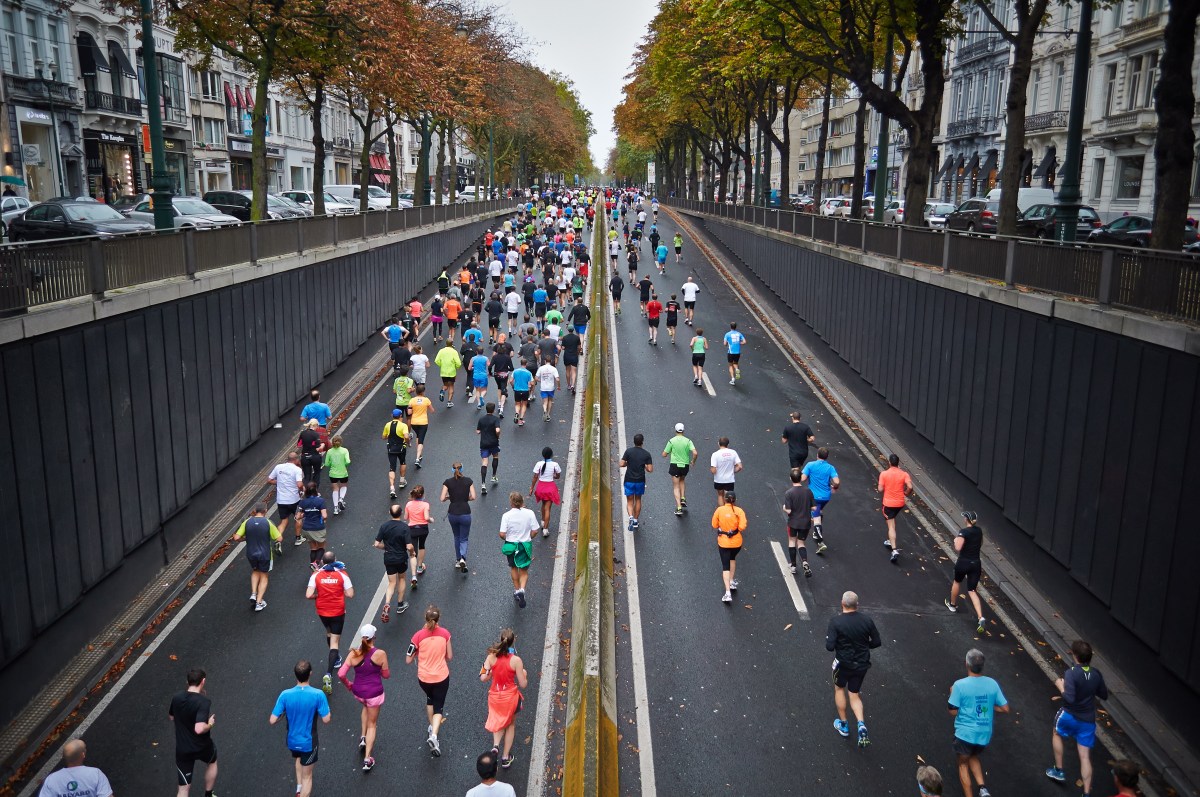
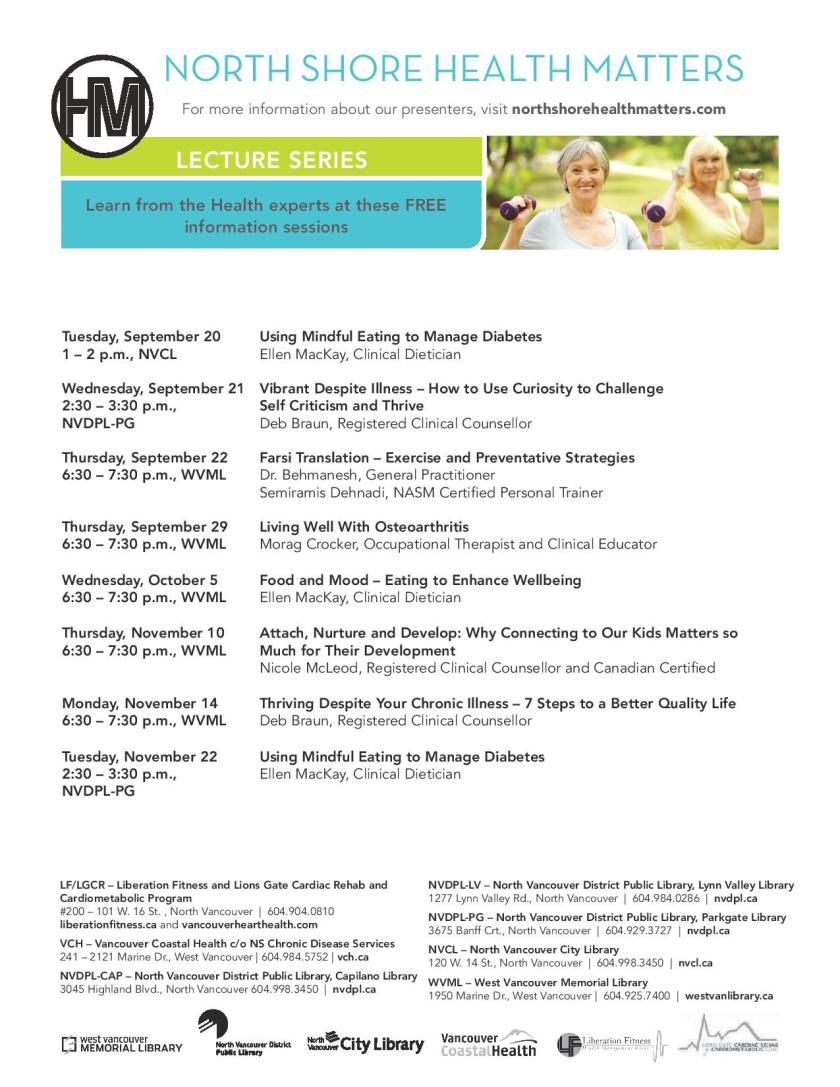 On the North Shore, clinics are currently overloaded with patients, making it difficult for most people to get quality time with their doctors and learn more about their health conditions. Recognizing this issue, the West Vancouver Memorial Library—along with North Vancouver City Library, North Vancouver District Library, Vancouver Coastal Health, Liberation Fitness and Lions Gate Cardiac Rehab—have developed a partnership in order to provide community members with more access to health experts and reliable information.
On the North Shore, clinics are currently overloaded with patients, making it difficult for most people to get quality time with their doctors and learn more about their health conditions. Recognizing this issue, the West Vancouver Memorial Library—along with North Vancouver City Library, North Vancouver District Library, Vancouver Coastal Health, Liberation Fitness and Lions Gate Cardiac Rehab—have developed a partnership in order to provide community members with more access to health experts and reliable information.

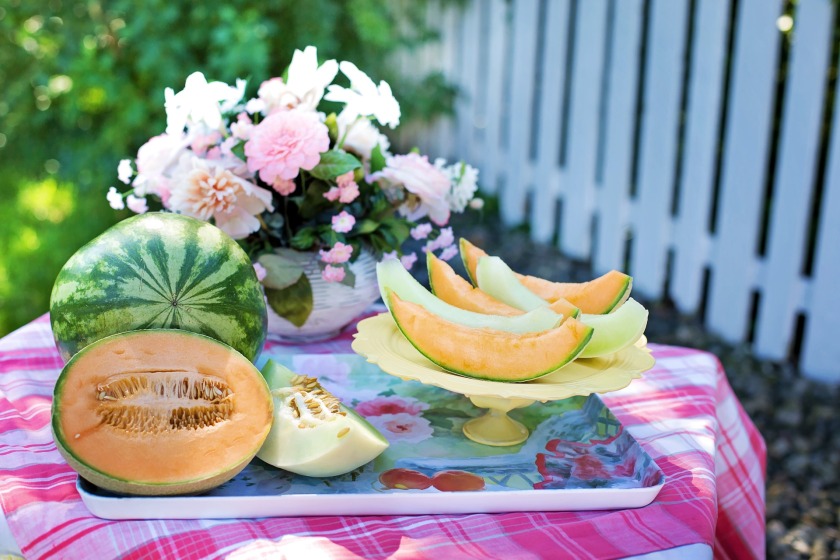
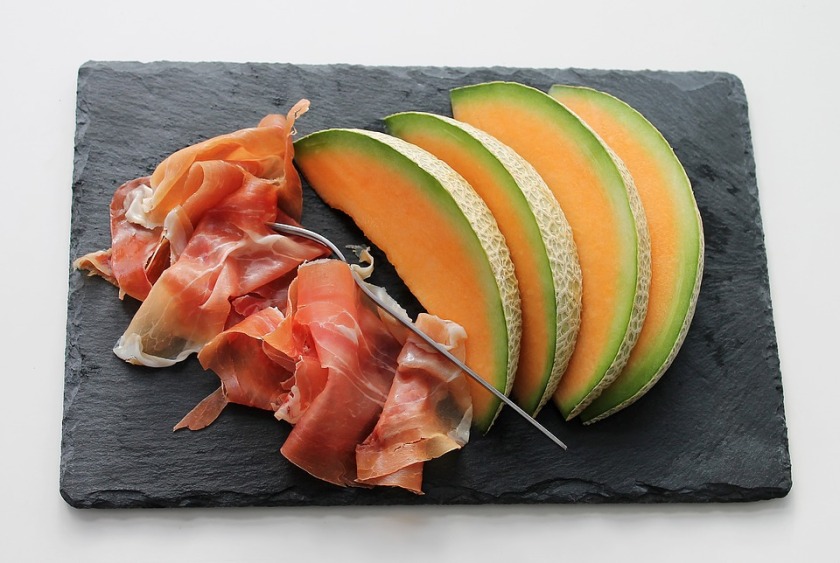
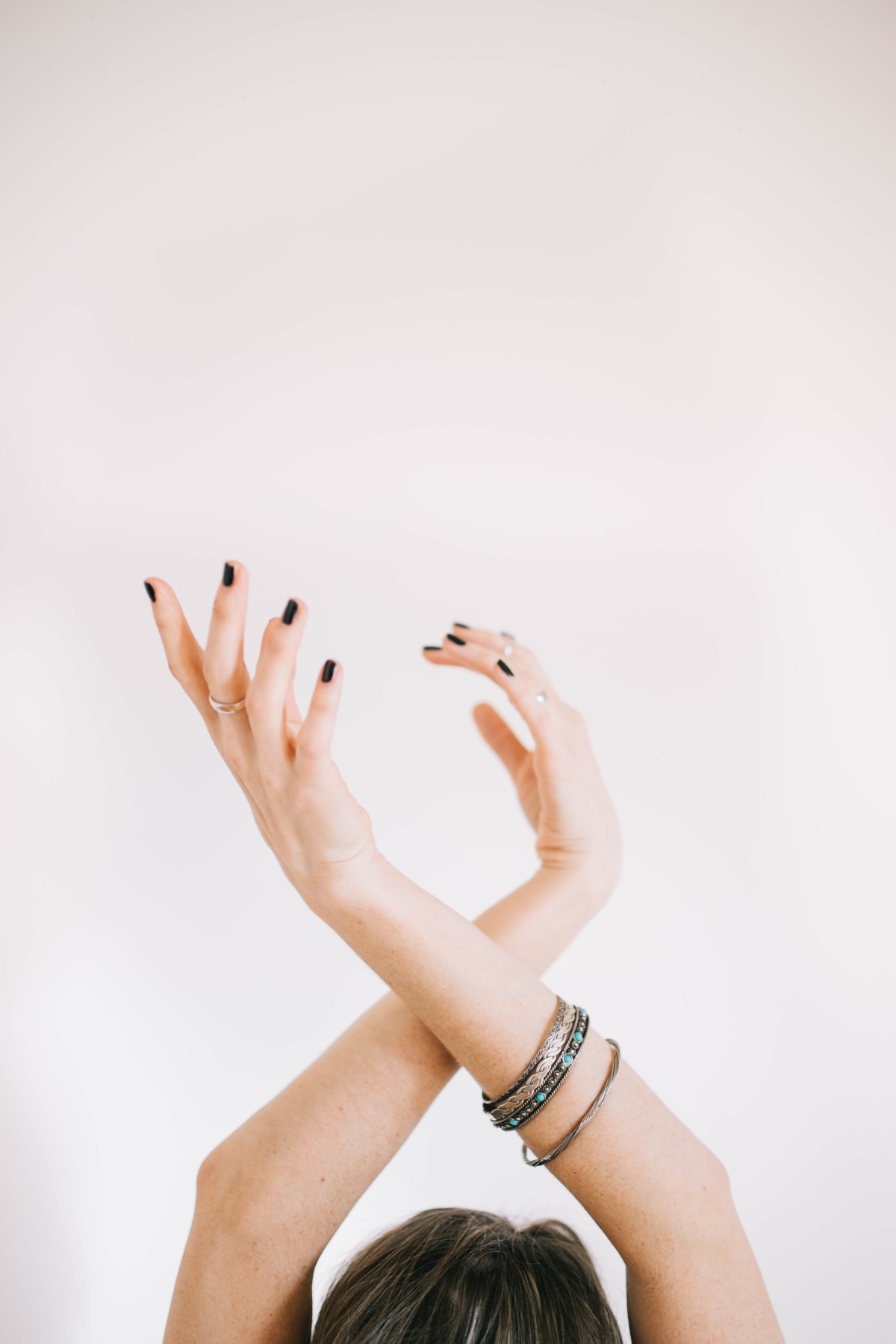

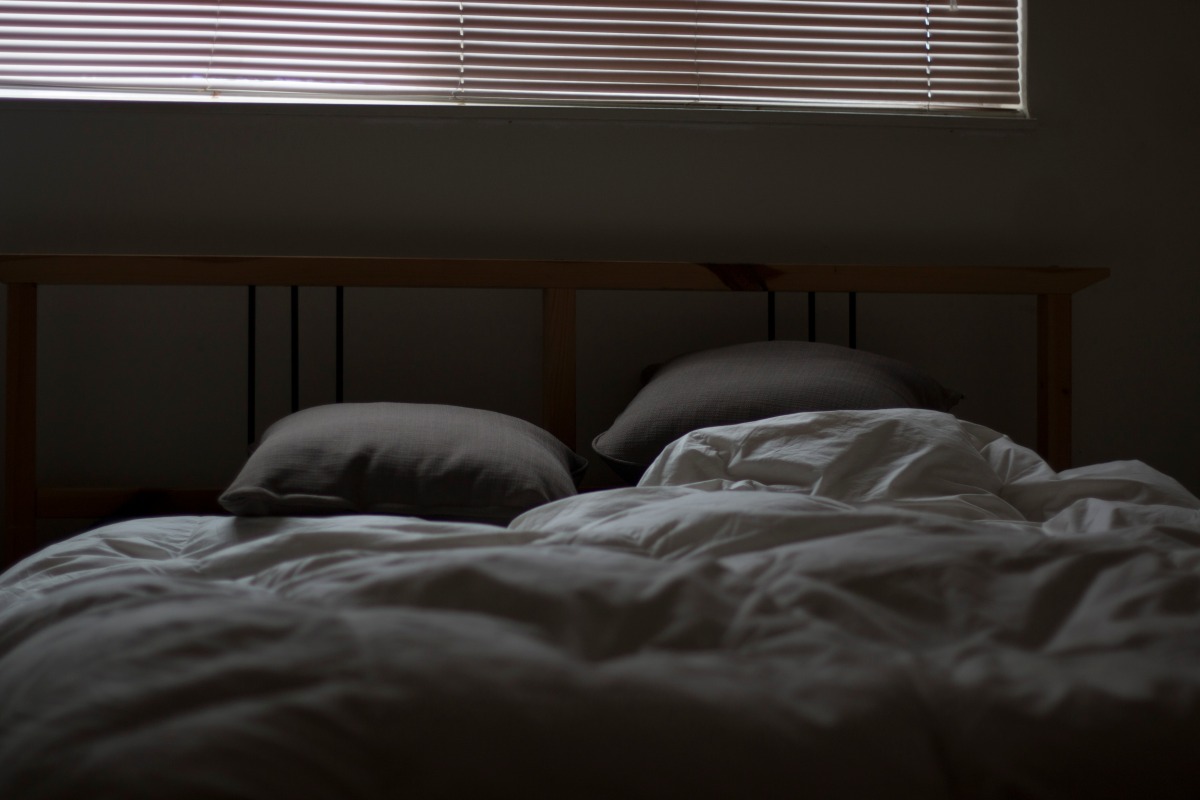
 “Goodnight stars. Goodnight air. Good night noises everywhere.”
“Goodnight stars. Goodnight air. Good night noises everywhere.” mprove your sleep:
mprove your sleep: 
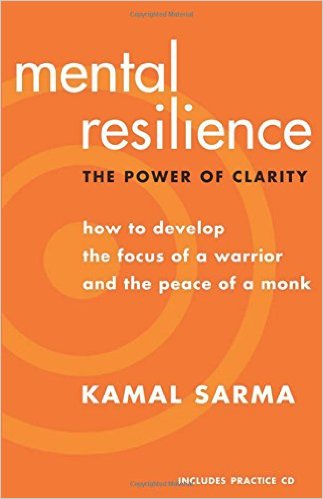 Author Kamal Sarma offers a 21-day mental resilience program in his book
Author Kamal Sarma offers a 21-day mental resilience program in his book 
